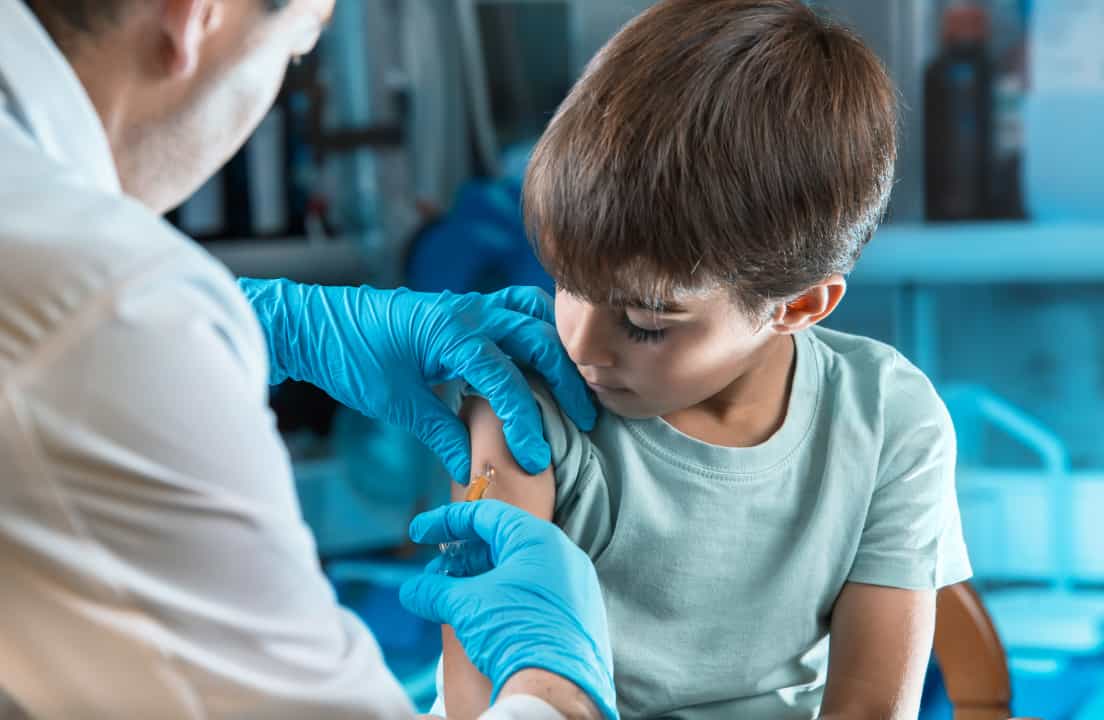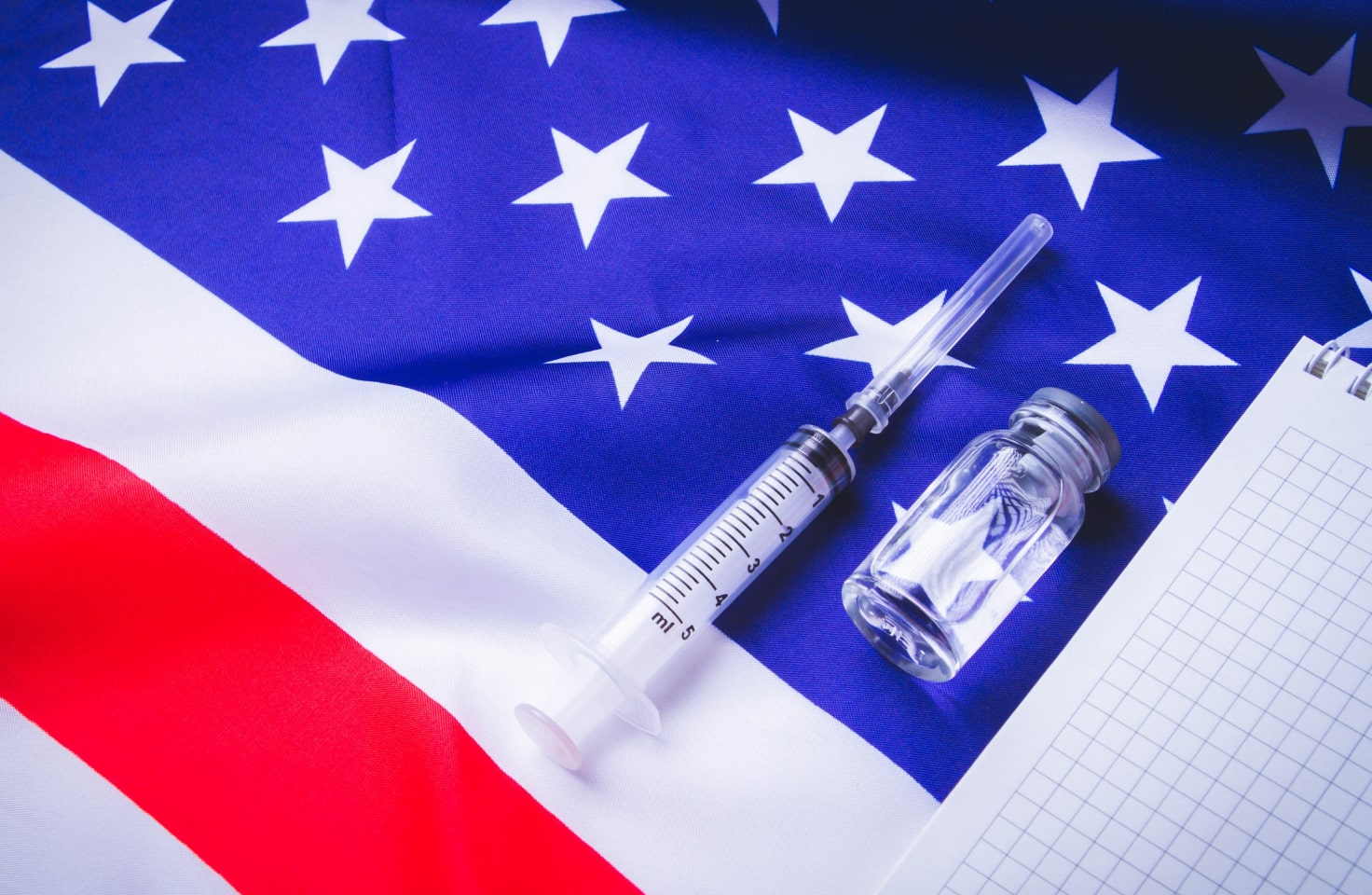T1D Guide
T1D Strong News
Personal Stories
Resources
T1D Misdiagnosis
T1D Early Detection
Research/Clinical Trials
New Type 1 Diabetes Trial Using Pig Islets
A groundbreaking First-in-Human study to cure type 1 diabetes using porcine (pig) islet cells is undergoing Phase I/II clinical trials at the University of Illinois Hospital & Health Sciences System in Chicago. The trial, called OPF-310, tests pig islets transplanted in a protective encapsulation device. Unlike islets from human donors, pig islets may offer an unlimited supply of insulin-producing cells.
.jpg)
History of Xenotransplantation
Xenotransplantation, the transplantation of organs between species, has been around for centuries. As early as the 17th century, animal blood transfusions into humans were attempted. Even more recently in the 21st century, modern genetic engineering has turned to pigs for their availability, organ size and similarity to humans.
Additionally, in 1921, Frederick Banting and Charles Best, working with other researchers, discovered how to take insulin from animal pancreases.

These treatments using insulin from pigs and cows saved thousands of lives. Porcine insulin has been used to treat diabetes for over 90 years.
Pig Islet Transplantation to Cure T1D
OPF-310 Study
Otsuka Pharmaceutical Factory, Inc. developed the clinical xenotransplantation, OPF-310, to treat unstable type 1 diabetes (T1D).
The procedure transplants encapsulated porcine (pig-derived) pancreatic islet cells into humans. Ideally, the cells will work as insulin-producing beta cells, and the encapsulation protects the new cells from the body’s autoimmune attack (without the need for immunosuppressive drugs).
According to Science Direct, both pig islets respond to glucose in the same way and range as human islets.
The current trial (August 2025), at the University of Illinois Hospital & Health Sciences System in Chicago, is evaluating the safety and efficacy of OPF-310 in 13 adult T1Ds aged 35 to 65 with severe hypoglycemia instability. The study began in June 2025 and is expected to conclude in June 2027.
- Part 1 – tests two different doses of islets
- Part 2 - will enroll additional subjects to expand further dosage
Potential Benefits of Using Porcine Islet
Patients with life-threatening hypoglycemic unawareness, or brittle diabetes, are potential candidates for this type of procedure.

However, in the past, the success of islet cell transplantation from donors has varied.
Unlimited Islet Cell Supply
One barrier to a cure with stem cells is the number of available human donors. One significant advantage of using pigs is the unlimited supply of potential islet insulin-producing cells, which could solve this problem.
Scientists are also looking at genetically modified pigs as the source of islets to reduce the rejection rate.
Encapsulation Device
Since type 1 diabetes is an autoimmune condition where the body attacks the insulin-producing cells in the pancreas, T1D research has focused on creating a protective barrier that encapsulates the cells from damage. The OPF-310 xenotransplantation-based project has not disclosed what type of encapsulation device it is using.
Since OPF-310 has not shared any clinical proof of a durable device, we’ll have to wait and see.
Islet/beta cell encapsulation hasn’t consistently worked in humans (immunosuppression-free), but several companies are making great strides: Sernova Corp and ViaCyte’s PEC-Encap.
.jpg)
Improved Glycemic Control
Early trial results have shown promise in controlling glucose levels and reducing severe hypoglycemic episodes.
Challenges of Islet Cell Replacement Therapy
Immune Rejection
The limitations researchers face are the recipient’s immune response to foreign pig cells. They may not work for everyone. Another concern is instant blood-mediated inflammatory reaction (IBMIR). This is where the pig islets mixed with human blood may cause inflammation, leading to the destruction of the new transplanted islet cells.
Risk of Infection
Another challenge is the potential risk of infection. When transmitting animal cells, there may be a risk of transmitting animal viruses like porcine endogenous retroviruses (PERVs). Careful monitoring is required.
The Need for Immunosuppression
With immunosuppressive drugs come significant health risks and side effects, but the encapsulation device could potentially reduce or eliminate the need for immunosuppression.

Today, Lantidra is the only FDA-approved cell therapy for T1D that uses human donor islets without encapsulation but requires immunosuppression.
Islet Cell Therapy to Cure T1D
The OPF-30 trial is still in its earliest stages. Since we have human islet donor shortages, scientists have been brainstorming ways, like stem cell therapy, to find a practical cure for type 1 diabetes, without using potentially dangerous immunosuppressive medications.
Recent advancements in genetically engineered studies, particularly in pig-to-human, have shown promise. If successful, this could be a win for diabetes management. However, more research and clinical trials are needed to prove that pig islet transplantation is a viable option.
The exciting news is that science builds upon science, helping researchers culminate new findings, and everything we learn advances us toward a cure.


.webp)





.webp)
.jpg)
.jpeg)
.jpg)
.jpg)
.jpg)



.jpg)

.jpg)

.jpg)



.jpg)
.jpg)
.jpg)

.jpg)

.jpg)














.jpg)


.jpg)







.webp)












.webp)





















.webp)








.jpg)




.jpg)
















.webp)